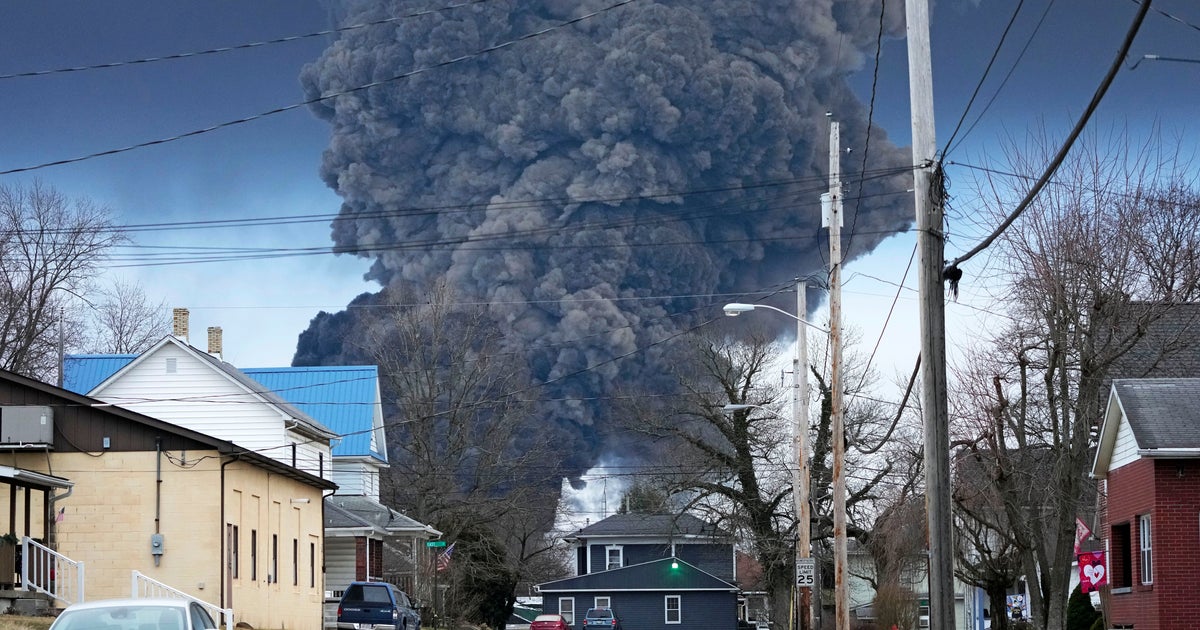
Ex-EPA Official Says ‘Bombshell’ Memo Raises Major Questions About Ohio Chemical Burn
HuffPost
The open burning of hazardous chemicals has been banned for more than 40 years. How was it allowed to happen in a rural East Palestine, Ohio?
Three days after a Norfolk Southern train loaded with toxic chemicals careened off the tracks in East Palestine, Ohio, town fire chief Keith Drabick gave the rail giant the green light to intentionally vent and burn five tanker cars full of vinyl chloride, a cancer-causing chemical used to make plastic.
That highly controversial move, which Norfolk Southern and others involved in the response said was necessary to prevent a potentially catastrophic explosion, released massive black plumes of noxious smoke.
In the year since, Norfolk Southern, the Environmental Protection Agency and Ohio EPA, a state agency, have repeatedly described the dramatic scene that unfolded that day as a “controlled burn” or “controlled release” — language that would suggest the incineration was contained, limited and safe.
But many questions remain unanswered about the burn event, including how it will impact long-term public health, the extent to which those behind it considered alternatives and what, if anything, EPA did to try to prevent toxic chemicals from being spewed into the environment.
Kevin Garrahan, a retired EPA official of nearly 40 years, has struggled to make sense of his former agency adopting the “controlled” label. In the weeks after the derailment, he reached out to current EPA staffers and independent scientists to voice his concerns about the potential release of dioxins and other highly toxic chemicals, and to try to understand how EPA could have let the burn happen.













